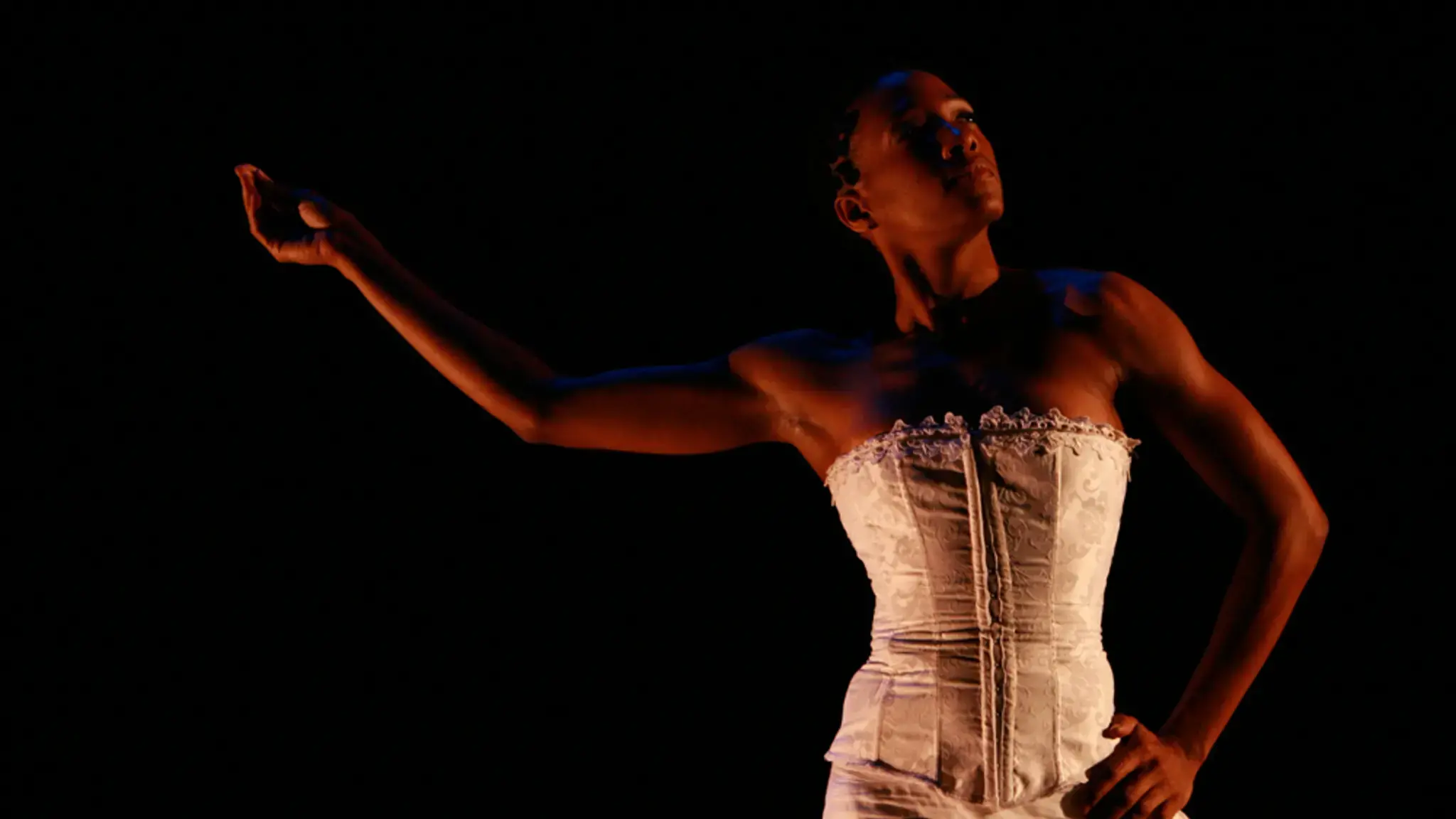

During his tenure as The Pew Center for Arts & Heritage’s first Visiting Artist, Obie Award-winning writer, director, and actor Ain Gordon devised the White Box Residencies. This project invited outside artists to creatively explore the Center’s physical space—the “white box,” as it were—and to interact with the Center in some way, then produce an artifact that lived on our website. The White Box Residencies saw three iterations: a movement-based inquiry by dancer and choreographer Tania Isaac (Pew Fellow, 2010); an overnight visit from visual artist Anthony Campuzano (Pew Fellow, 2009); and musical interludes with trombonist Dan Blacksberg (Pew Fellow, 2012) and historical musicologist David Gutkin.
From Ain Gordon:
As Visiting Artist at The Pew Center for Arts & Heritage, I was invited to think about, refract, annotate and augment the action and trajectory of the Center over the course of a year. I began with questions. The White Box Residencies were invented as one answer to several of those questions.
The invitation: an artist of any discipline is invited to “reside” at the Center for five days (consecutive or not). This time has two parameters.
Upon the artist’s request, I am available as go-between, guide, or trouble-shooter. Upon their request, I step away. The artist has access to Center staff, activity, and space (within mutually agreed reason). The artist can talk with anyone, move with anyone, watch anyone, document anyone.
Once the artist has completed the five days they have time to generate the residency’s online artifact.
Then the process repeats with a new artist.
The first White Box artist was Tania Isaac, a 2011 Pew Fellow in dance and choreography. For a number of weeks, Isaac peppered the walls of the Center with blank pages for writing and sharing ideas, in an evolving project called “The Notebook.” Center staff took her cues to jot down thoughts in response to questions about artistic practice and Center life, and also recorded their daily travels around the Center with color-coded, initialed dots on strategically placed papers around the office. When Gordon came up with the idea for the White Box Residencies, Isaac was immediately drawn to the premise: “More than almost anything else I am curious and I love questions. I would broadly define the work I do as a choreographer, writer, and insatiably curious human, as investigation or observation or perhaps even morbid fascination with culture in its broadest and most intimate terms; from extended historical intersections between countries to the nuances of brief encounters between individuals.”
The second White Box artist was Anthony Campuzano, a 2009 Pew Fellow in Visual Arts. After Gordon tapped Campuzano to explore the Center’s space, word spread quickly that the artist planned on spending an entire night in the office, with only the staff’s belongings for company. In his resulting piece, “Self Portrait,” Campuzano speaks of his desire to channel writer James Agee, who spent late hours in the offices of Fortune magazine, in order to focus on his own work. “I wasn’t planning on sleeping,” he writes. “Staying up late is part of my practice.” Campuzano took photos during his stay and used the experience as inspiration for a new set of drawings. He also polled Center staff on questions of art and practice, stressing that there were “no wrong answers,” a concept that emerges in his work. Following his residency, Campuzano went on to participate in the Center’s Shelf Life project.
For the third round of the White Box Residencies, the Center hosted two guest artists: trombonist, composer, and 2012 Pew Fellow Dan Blacksberg and historical musicologist David Gutkin. The two sought to “sonify” the everyday environment of an office space and conducted various musical experiments: a room packed with instruments for people to play at any time, a group attempt at performing Steve Reich’s minimalist piece “Clapping Music,” and music “stations” around the office, such as a gong at the front desk. A six-week residency culminated in an office-wide performance, during which Center employees rang bells or shook maracas according to specifically timed instructions delivered via email. “My biggest takeaway is that the act of play doesn’t have to be separate from the act of work,” Blacksberg said, recalling the staff’s willingness to try these experiments. “Even in the structured environment of an office, play and open-ended creativity isn’t just an outlet for stress, but an important aspect of getting things done.”